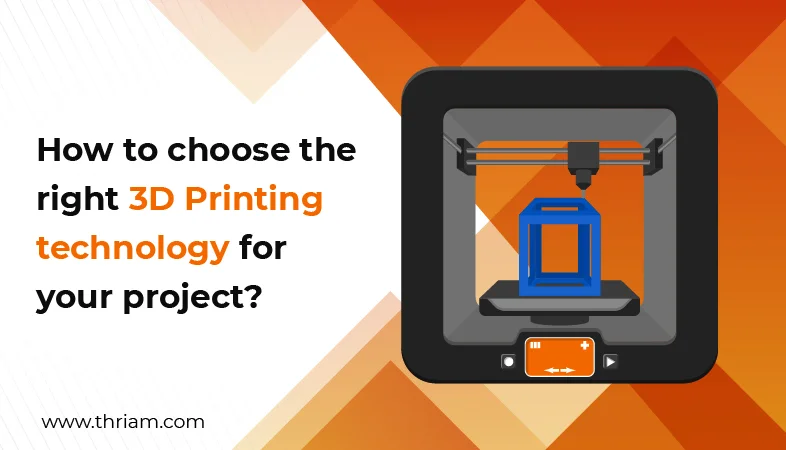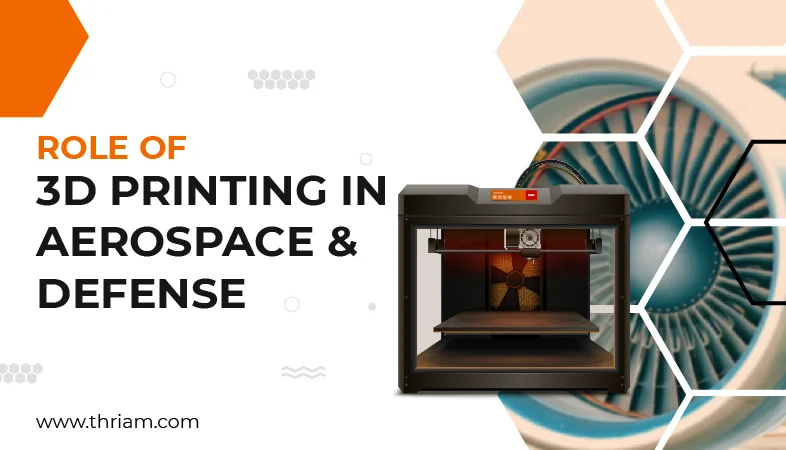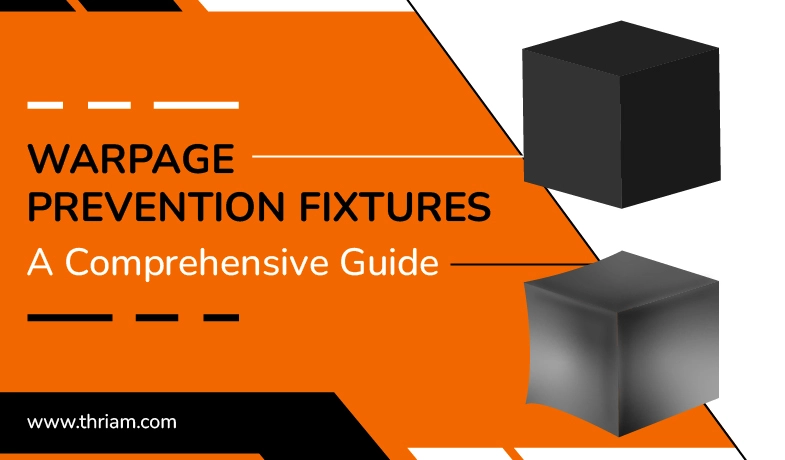Mastering the Art of 3D Printing: How to Prevent Warpage and Ensure Perfect Prints
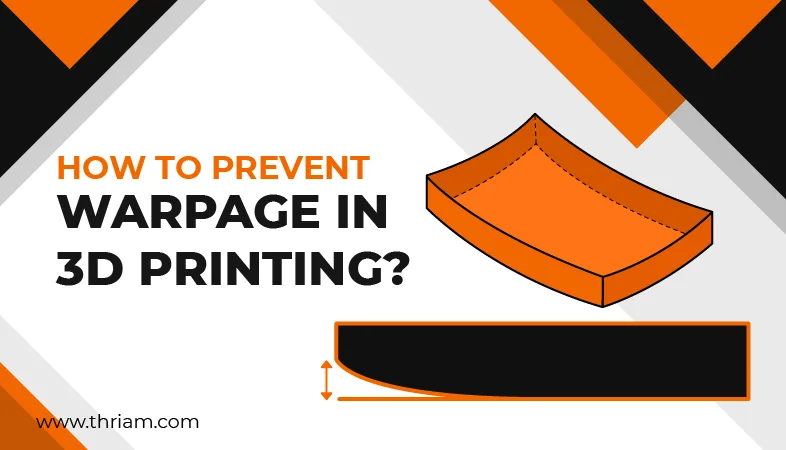
Introduction:
3D printing is an amazing technology that allows users to design and create their own three-dimensional objects. However, one of the most common problems people encounter when 3D printing is warpage. Warpage in 3D printing refers to the deformation, curling, or lifting of the printed material from the printer bed. This issue can cause serious damage to the part and affect its overall strength and durability. Therefore, it is essential to understand what causes warpage and how to prevent it.
Understanding the Causes of Warpage:
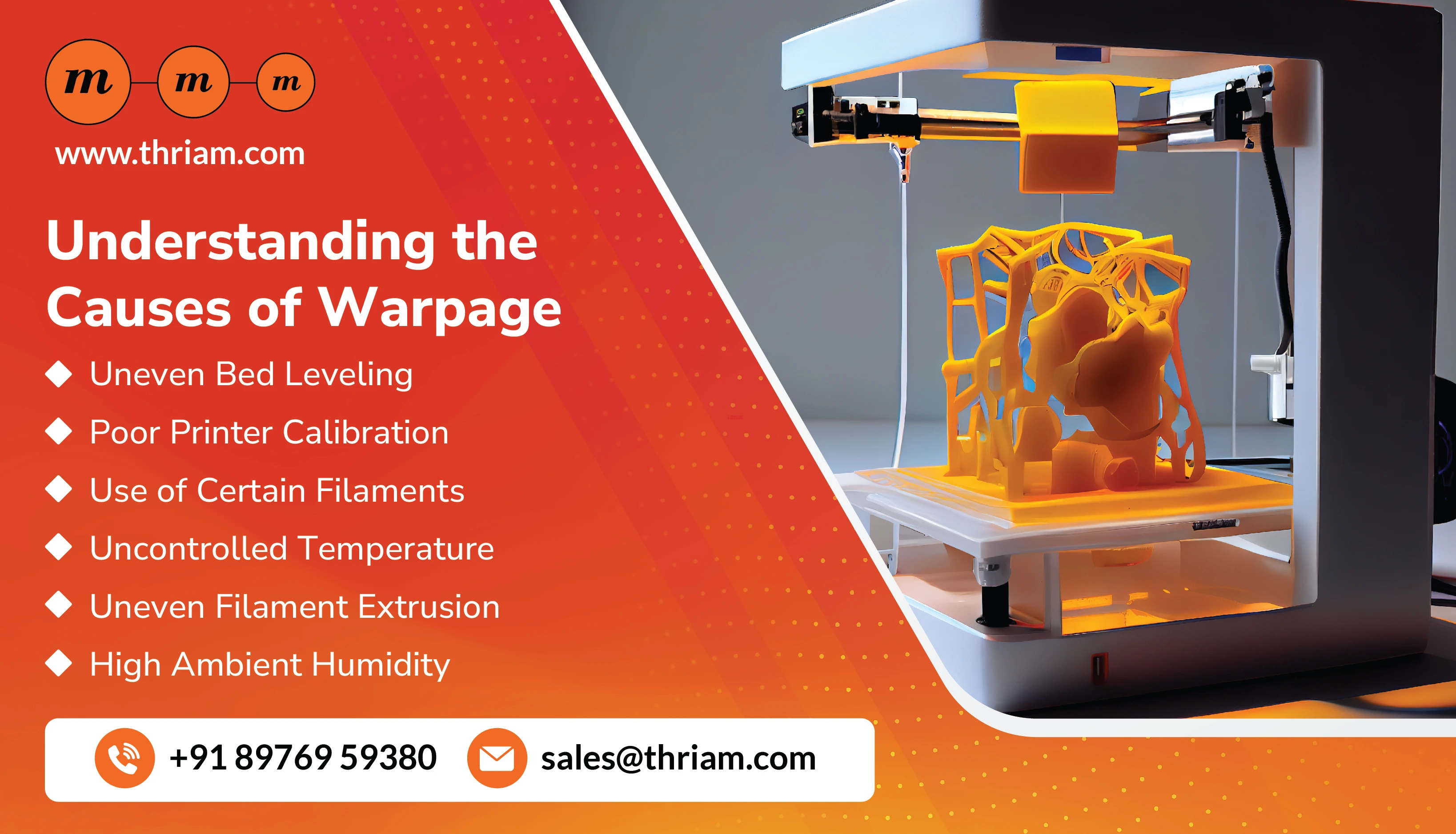
3D printing is an exciting technology that has changed the way we create and manufacture products. One common issue that many people face with 3D printing is warpage. Warpage is the deformation or lifting of the printed model from the printer bed caused by a range of factors. In order to prevent warpage, it is essential to have a clear understanding of what causes it. In this article, we will be focusing on the causes of warpage and how to address them.
Uneven Bed Leveling
Bed leveling is an important step that ensures the printer bed is flat and level before printing. Uneven bed leveling leads to warpage as the filament extrudes unevenly, causing stress on the part leading to warping. Adjusting the bed leveling and ensuring it is leveled correctly is important to prevent warping.
Poor Printer Calibration
Another common cause of warpage is poor printer calibration. Incorrectly calibrated printers can cause extrusion of material to be inconsistent, leading to warpage. Calibrating your printer is important for different materials as it can affect extrusion settings for different filament types. Calibrating your printer is essential in order to have repeatable and quality prints.
Use of Certain Filaments
Warpage tends to be more common with the use of certain filaments such as ABS, Nylon and Polycarbonate. These filaments are known to have high thermal expansion which causes high stresses in the material as it cools down. These high stresses can lead to warping. It is recommended to use filaments that have lower thermal expansion to reduce stress and prevent warping.
Uncontrolled Temperature
Temperature changes can cause stress on the model, resulting in warping. Temperature changes during the printing process should be monitored and controlled to avoid warping. This includes both the ambient temperature in the printing area and printing temperature of the filament. Maintaining a stable temperature throughout the printing process can prevent warping.
Uneven Filament Extrusion
Uneven filament extrusion leads to uneven distribution of material causing stress on the printed part. This stresses on the printed part cause warping. To avoid this, ensure the printer is calibrated correctly to avoid under or over extrusion. Additionally, adjusting the retraction settings can reduce stringing and ensure proper extrusion.
High Ambient Humidity
High humidity can affect the curing time of the material causing warping. Moisture absorbed by material while printing can lead to uneven curing creating layers that are not bonded together leading to warping. This can be avoided by keeping the filament in a cool and dry environment prior to printing. Additionally, using a dehumidifier to control humidity in the printing area can be effective.
Tips to Prevent Warpage:
Proper Bed Leveling:
To avoid warping, ensure that the printer's bed is leveled correctly before printing. An uneven printer bed can cause the filament to extrude unevenly, leading to warpage. There are many bed leveling systems available in the market, including manual and automatic leveling.
Calibration of Printer:
Ensure that the printer's hardware and software are calibrated and updated regularly. Printing with different materials or printers can require different calibrations. Using a calibration cube or other tools can help ensure that the printer is properly calibrated.
Use of Adhesives on the Bed:
Using adhesives such as glue stick, hairspray, or Kapton tape on the printer bed can help improve adhesion and prevent warpage. Many filaments require a good hold on the print bed to avoid warping.
Using a Print Enclosure or Cover:
Print enclosures or covers help maintain a consistent temperature around the printed object. This is particularly important for heat-sensitive materials like ABS and Nylon.
Cooling and Temperature Controls during the Printing Process:
Overheating is one of the leading causes of warpage. Cool the printed object immediately after printing by using a fan. Also, ensure that the printing temperature is appropriate for the material you are using. Adjusting the temperature of the printer can help reduce thermal contraction and warping.
Awareness of Ambient Conditions during Printing:
High humidity and temperature fluctuations can cause warping. A controlled environment that is free of drafts and moisture can help prevent warpage.
Post-Printing Measures:
Post-printing measures are crucial to the 3D printing process, as they help to ensure that printed objects are structurally sound and visually attractive. One common issue that people face after printing is the removal of their object from the printer bed without causing any damage. Using a spatula or scraper can help remove the object from the bed while minimizing stress on the edges and base.
Additionally, post-processing techniques can be used to improve the quality of the printed object. Wet sanding is a technique used to smooth out any rough edges and surfaces on the printed object. This process involves using progressively finer sandpapers to sand down the object and achieve a smooth surface finish.
Post-curing or annealing is another post-processing technique that can improve the strength and durability of the printed object. Post-curing is a process that involves exposing the printed object to UV light or heat to cure or harden the resin fully. This process ensures that the printed object is fully cured, thus increasing its strength and durability.
Another critical post-processing technique is painting and finishing. Painting can be done to hide any imperfections on the surface of the printed object while improving its overall appearance. Painting can be done using various techniques, including spray painting, airbrushing, and brush painting. Additionally, finishing techniques such as polishing or coating can also be used to improve the final appearance of the printed object.
Conclusion
In conclusion, warpage in 3D printing can cause damage to the printed object and affect its strength and durability. Therefore, it is imperative to understand the causes of warpage and learn how to prevent it. Some of the most effective ways to prevent warping include proper bed leveling, calibration of printer, use of adhesives, controlled ambient conditions, adjustment to cooling and temperature controls, and proper post-printing measures. By following these techniques, it is possible to ensure a rewarding 3D printing experience with minimal warping and defects.
